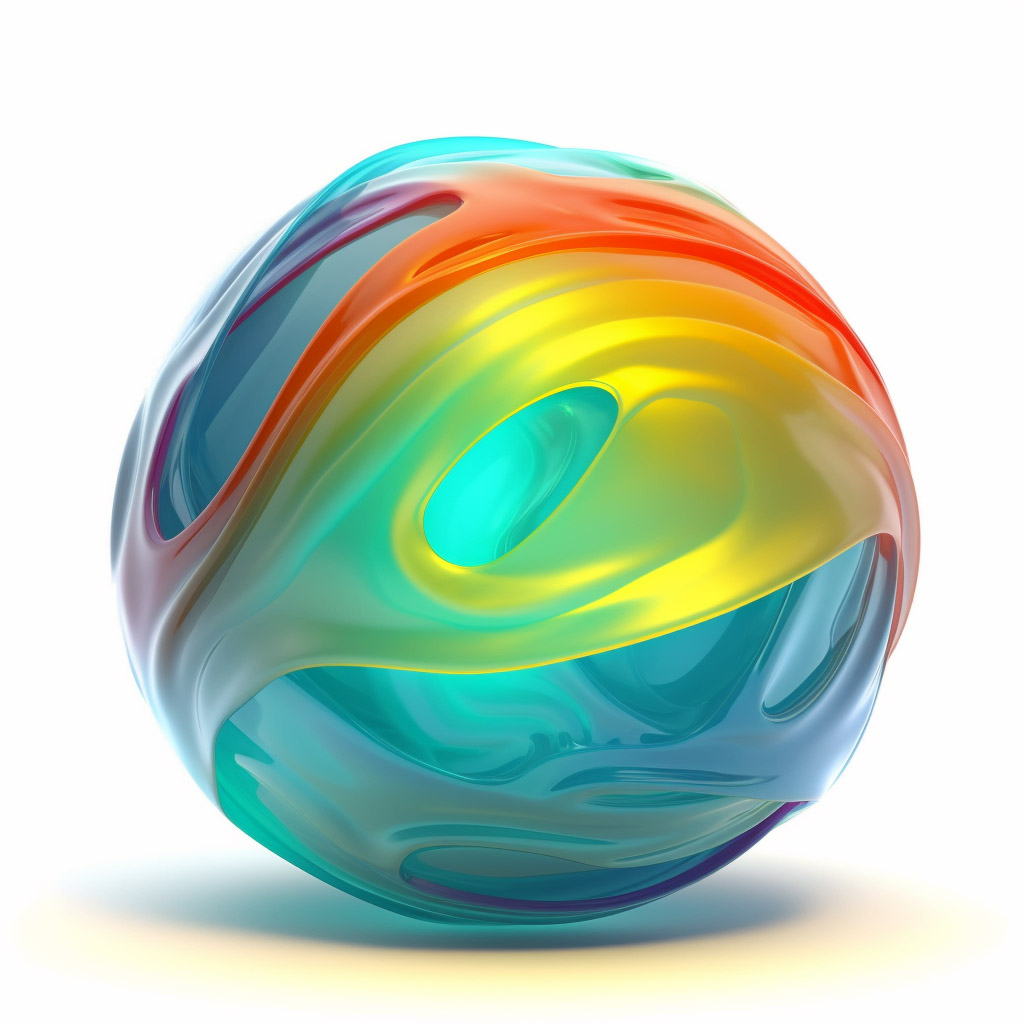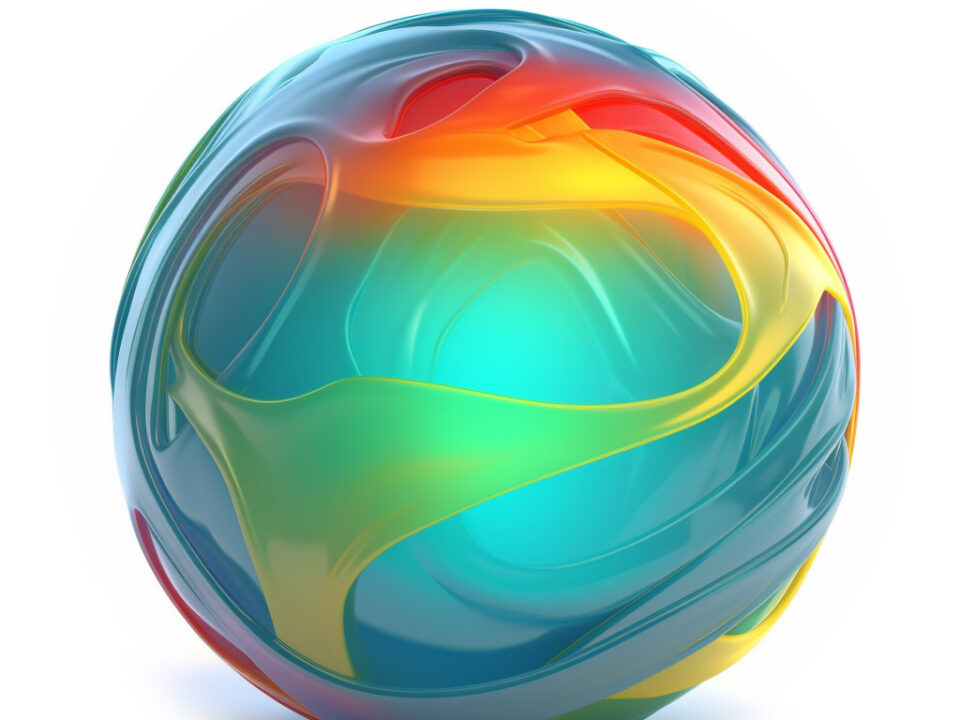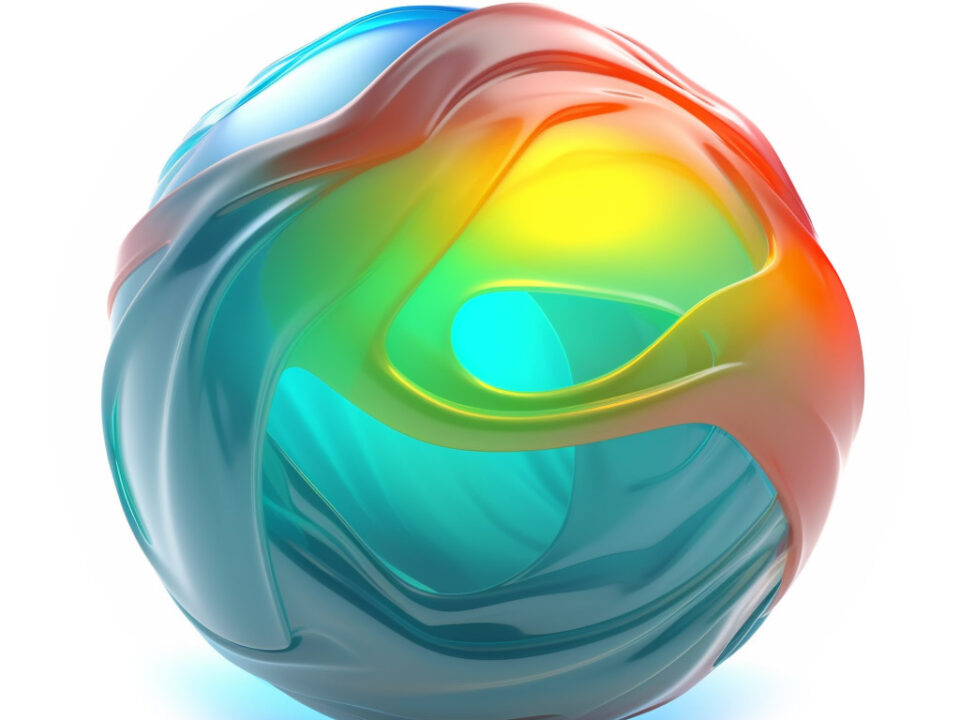
What are the advantages of using vector graphics in web design?

How are researchers using machine learning and AI to discover new superconducting materials?

What are vector graphics, and how do they differ from raster graphics?
In a nutshell, vector graphics are a type of digital image made up of mathematical equations, while raster graphics are composed of a grid of pixels. The key difference between the two lies in how they handle scalability and resolution.
What are the key characteristics of vector graphics?
Vector graphics are defined by their ability to scale infinitely without losing quality. This is because they are based on mathematical equations that determine the shape, size, and colors of the image. As a result, vector graphics are resolution-independent and can be resized or zoomed in without any loss of detail or sharpness. Additionally, vector graphics are comprised of distinct objects or elements that can be edited and manipulated individually, offering greater flexibility and control.
How do raster graphics differ from vector graphics?
Raster graphics, on the other hand, are made up of a grid of pixels, each containing specific color information. When a raster image is enlarged, the pixels become more visible, resulting in a loss of quality and sharpness. This is known as pixelation. Unlike vector graphics, raster graphics are resolution-dependent and have a fixed size. Editing individual elements within a raster image can be challenging and may lead to loss of quality.
What advantages do vector graphics offer over raster graphics?
The main advantage of vector graphics is their scalability. They can be resized to any extent without losing quality, making them ideal for logos, icons, and other designs that need to be reproduced in various sizes. Additionally, vector graphics have smaller file sizes compared to raster images, making them easier to store, transfer, and load on websites. Vector graphics are also editable, allowing for easy modifications and updates to the design without compromising quality.
How can vector graphics be used to create high-quality images?
Vector graphics are used extensively in graphic design, illustration, and digital art to create high-quality images. Their ability to be scaled, edited, and manipulated makes them the go-to choice for creating logos, typography, and complex illustrations. By using software such as Adobe Illustrator or CorelDRAW, designers can create intricate vector-based artworks that can be adapted to various mediums, from print to web. This flexibility allows for the production of sharp, detailed, and visually appealing images that can be used across different platforms and devices.
Conclusion
In conclusion, vector graphics are a powerful tool in the world of digital design. Their ability to scale infinitely, retain quality, and be edited easily sets them apart from raster graphics. With their numerous advantages, such as smaller file sizes and greater flexibility, vector graphics have become the preferred choice for creating high-quality images, logos, and illustrations. By harnessing the mathematical equations that underpin vector graphics, designers and artists can unlock a world of creativity and produce visually stunning visuals.



